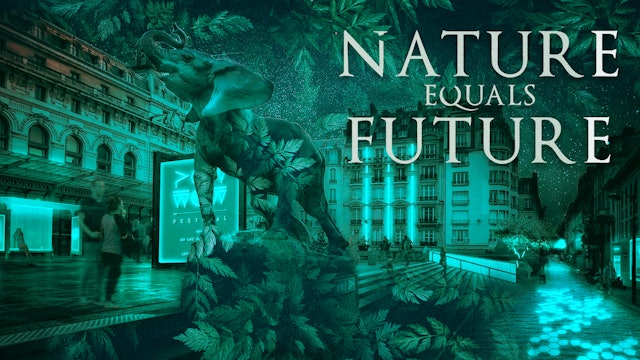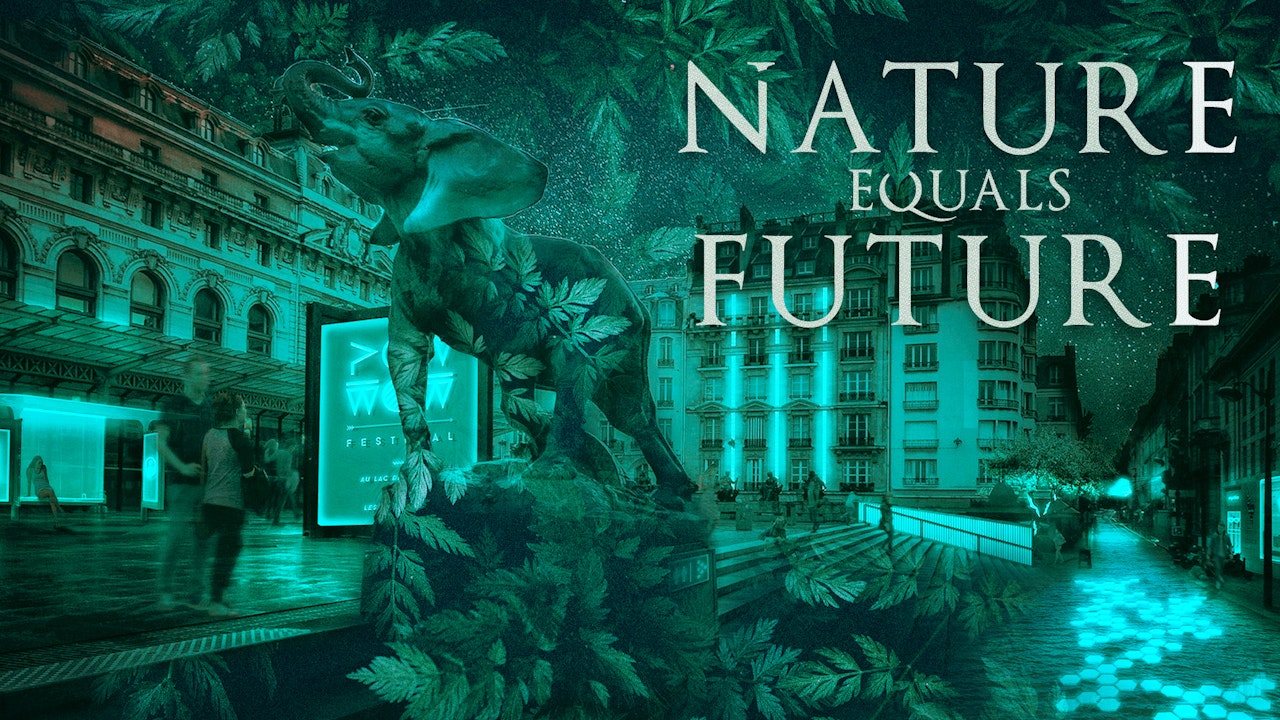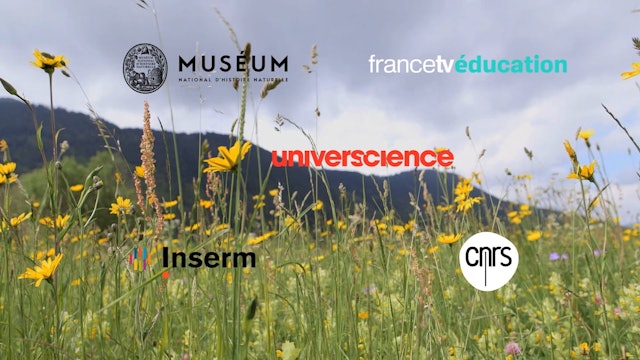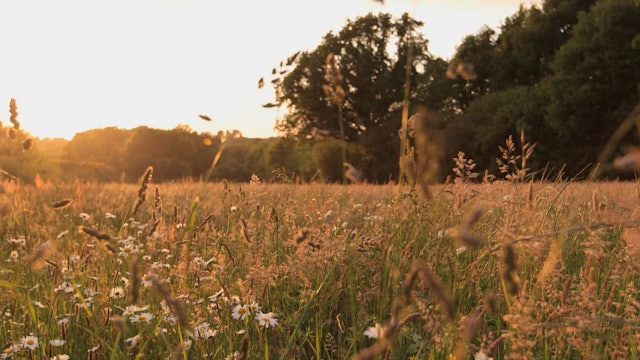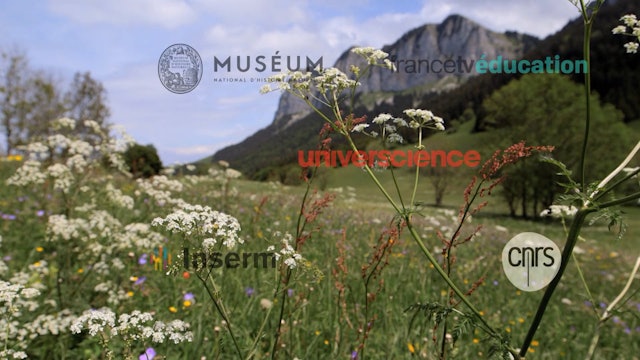Nature = Future
29 Episodes
From nature to high-tech, there's only one tiny step. Let's take that step with Nature = Future, a series that is all about scientific knowledge and the wonders of nature. We discover how scientists reproduce these unique properties from the living world to give us a future that will be more intelligent and more sustainable through design.
-
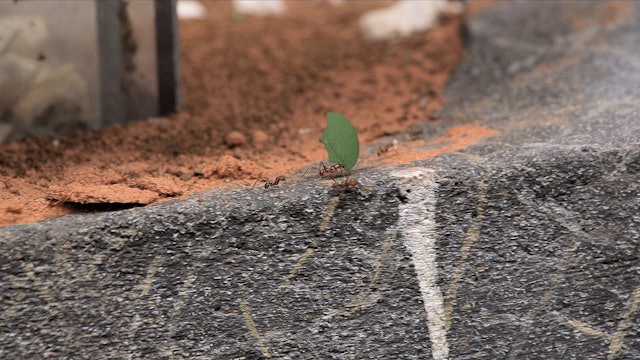 05:23Episode 1
05:23Episode 1Well Oriented Ants
Episode 1
Who knows that the GPS in our cars uses complex algorithms based on the behavior and movement of ants ? The Animal optimization systems are, in fact, new models to solve mathematical problems.
-
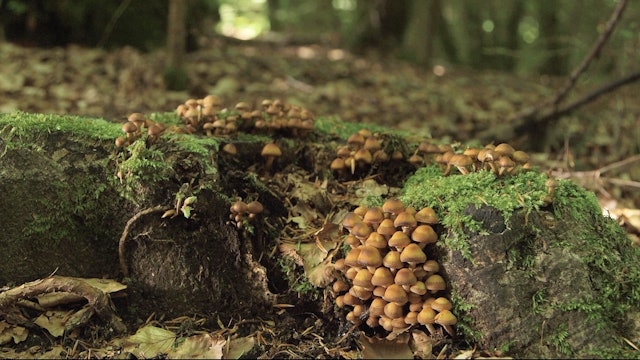 04:53Episode 2
04:53Episode 2A Biomimicry Carpet
Episode 2
Inspired by the random soil patterns and by the adhesive systems from the living world, Interface has designed more sustainable carpet tiles with an economy of materials and adhesion without glue.
-
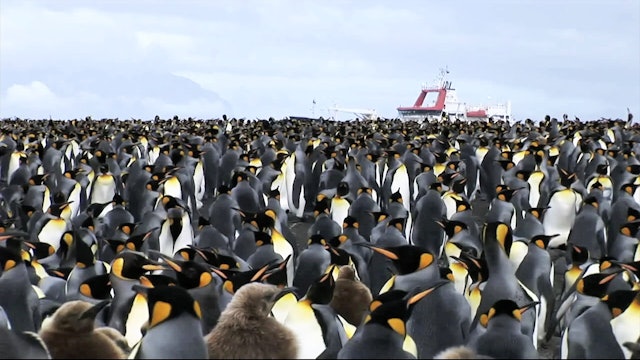 04:35Episode 3
04:35Episode 3The King Penguin and the Bacteria
Episode 3
The discovery, in the intestines of the king penguin, of an antimicrobial protein that allows it to store food, is a new opportunity to fight against bacteria.
-
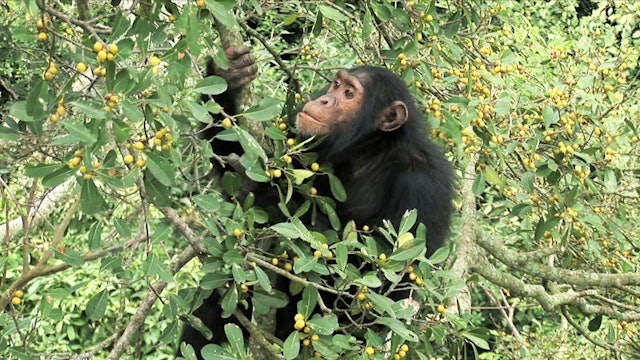 04:45Episode 4
04:45Episode 4Monkeys and plants
Episode 4
The study of self-medication of great apes, ie their knowledge of healing plants, allows us to discover new active molecules against human diseases.
-
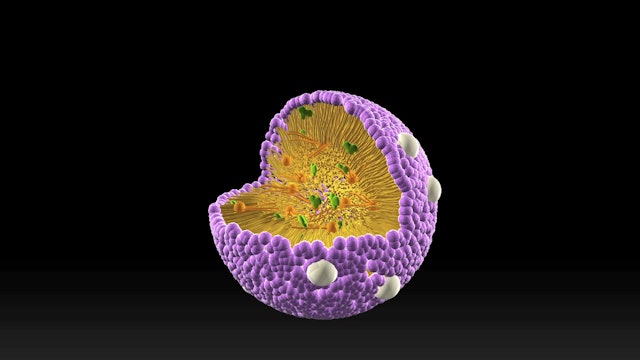 04:38Episode 5
04:38Episode 5At the Heart of the Cell
Episode 5
By copying both viruses and carriers of cholesterol found in the blood, very small nanocarriers of drugs can be designed to treat cancer cells.
-
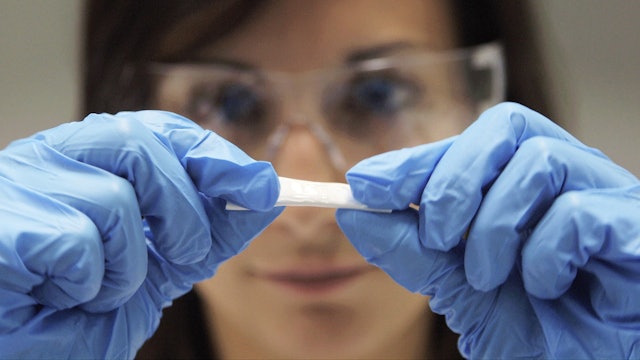 04:50Episode 6
04:50Episode 6A Bio-inspired Glue
Episode 6
Inspired by the hydrophobic properties of animals such as marine worm, researchers have developed a unique medical glue that adheres inside the body and reduces impact of invasive surgeries.
-
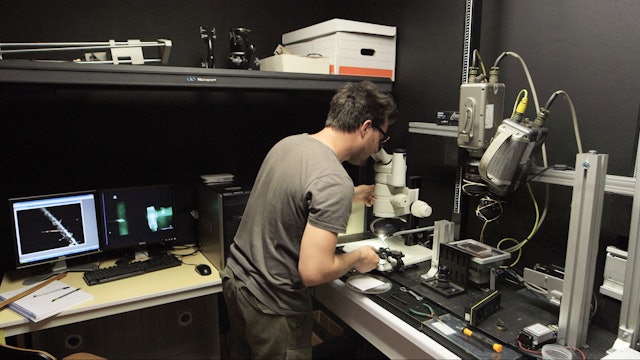 04:54Episode 7
04:54Episode 7The Cricket’s Air Blows
Episode 7
By reproducing the ultra fast mode of information flow developed by the hairs of cricket, high-performance micro electronic sensors are developed for technological or medical purposes.
-
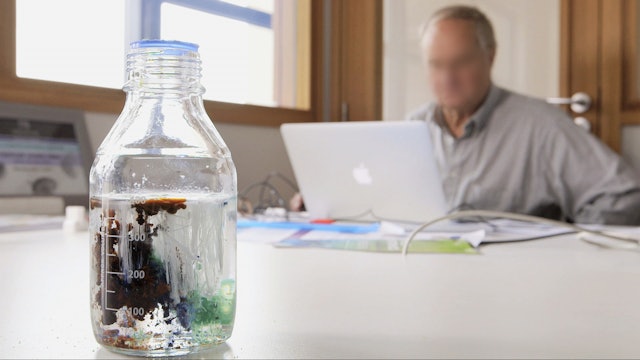 04:59Episode 8
04:59Episode 8The Glass of the Diatoms
Episode 8
On the model of diatoms, cellular microorganisms surrounded by a glass hull in the water, we are now able to manufacture a variety of materials, at room temperature, very useful for many industrial and medical applications.
-
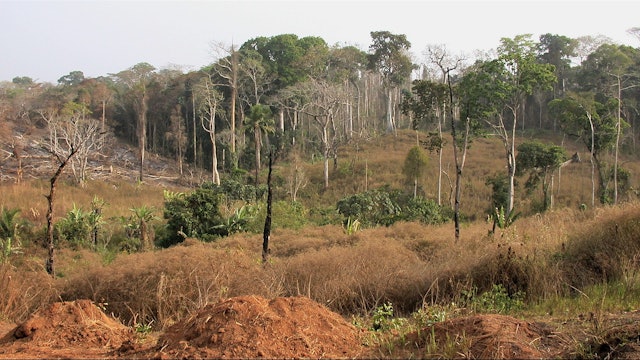 05:15Episode 9
05:15Episode 9The Miracle Tree
Episode 9
Thanks to the properties of oxalogenic trees, which convert CO2 into limestone, CO2 can be sequestered while putting in place a sustainable agroforestry in developing countries.
-
 05:40Episode 10
05:40Episode 10A More Human Motor
Episode 10
The various respiratory metabolisms of man during sports performance is an inspiration to design hybrid car engines that emit less CO2.
-
05:09Episode 11
A Natural Light
Episode 11
Using chemical principles of natural bioluminescence of fish bacteria is the promise of an innovative lighting, without electricity, more efficient and nontoxic.
-
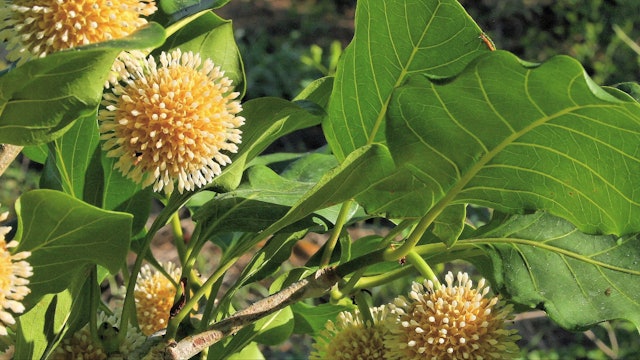 04:48Episode 12
04:48Episode 12A Peach Against the Pain
Episode 12
It has been discovered that the component which gives to the African Peach its painkiller properties, is a natural molecule identical at 100 % to a well-known synthetic molecule. This will treat local people and help discovering new active components.
-
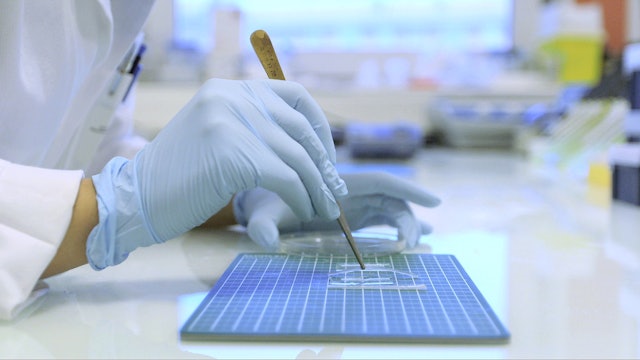 04:31Episode 13
04:31Episode 13Marine Arteries
Episode 13
It is possible to make veins and arteries of small diameter based on seaweed polymers whose properties are ideally suited to treat patients with cardiovascular diseases.
-
 04:24Episode 14
04:24Episode 14Wings in Our Cities
Episode 14
Insects or butterflies can fly by optimizing the use of energy. By adapting the shape and the flapping of their wings on wind turbines, we can recover energy from the wind even in urban areas.
-
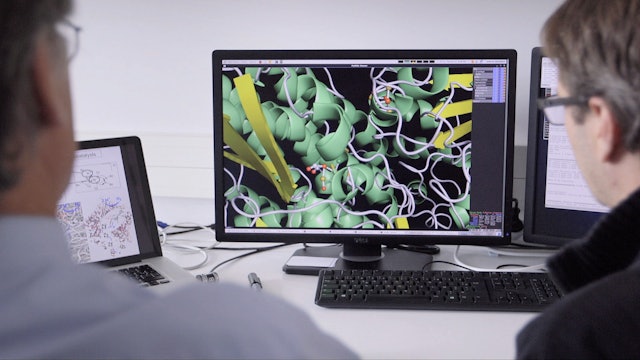 04:59Episode 15
04:59Episode 15Enzymes full of energy
Episode 15
Inspired by the photosynthesis performed by plants, researchers have developed a new catalyst for producing hydrogen from water. This is the promise of an entirely new energy, clean and sustainable.
-
03:51Episode 16
Like a fish in water
Episode 16
The company Eel Energy has designed an innovative tidal turbine that works with same ripple as the fish. It helps produce energy in any aquatic environment : oceans or rivers, even with low currents.
-
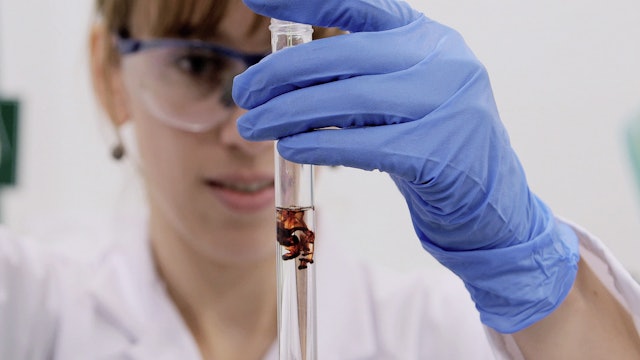 05:42Episode 17
05:42Episode 17Plants for Green Chemistry
Episode 17
Some rare plants have the ability to decontaminate soil. Extracting natural chemicals from these species brings new efficient and ecological catalysts for industry. This is the revolution of green chemistry.
-
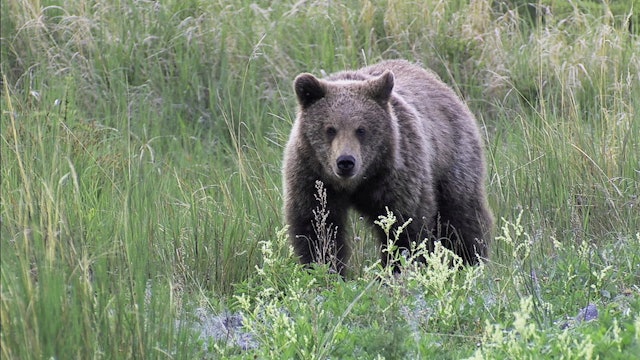 04:29Episode 18
04:29Episode 18Well Muscled Bear
Episode 18
By studying the molecular metabolism of bears during hibernation, researchers discovered the reason for their muscle protein preservation. These results help fighting against human muscle atrophy.
-
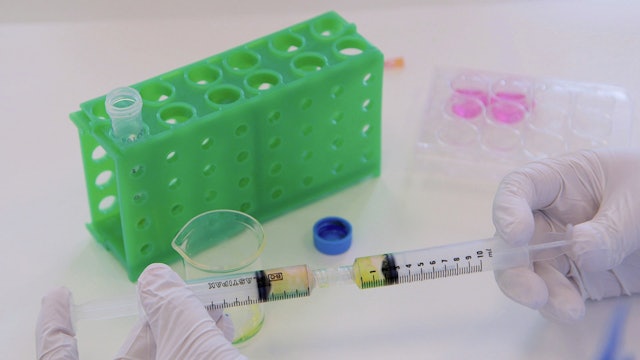 04:34Episode 19
04:34Episode 19Restorative Bacteria
Episode 19
Regenerative medicine uses innovative molecules from bacteria found in the seabed. These polysaccharides can form a hydrogel, ideal for bone's and cartilage's reconstruction.
-
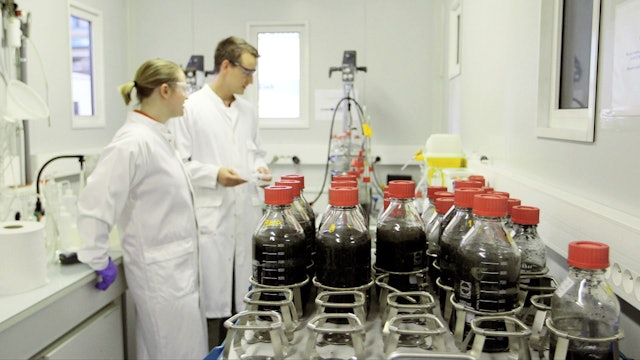 04:23Episode 20
04:23Episode 20The Very Greedy Termites
Episode 20
The digestion process in termites is the most powerful methanation process known in the animal world. They can help us increasing the yields of human waste transformation into biogas.
-
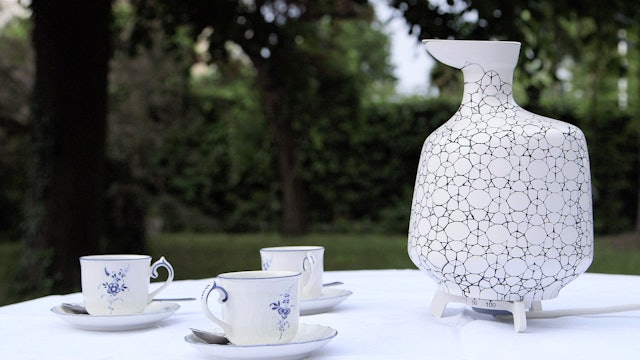 05:55Episode 21
05:55Episode 21A Natural Kettle
Episode 21
Design an everyday object that spends more less energy because it’s based on natural insulation and optimization from the toucan, from the nautilus, from the polar bear and from the termite mounds.
-
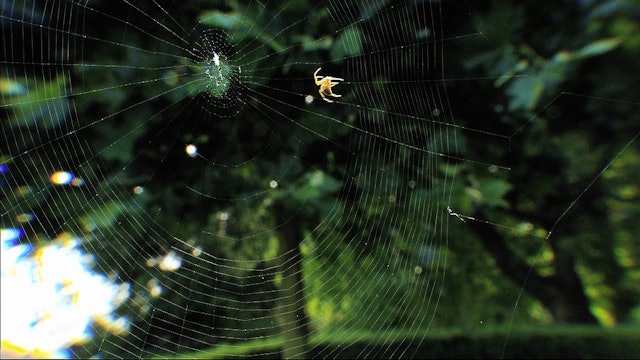 04:53Episode 22
04:53Episode 22The Spider is a Chief Engineer
Episode 22
The study of unique molecular composition of spider silk inspires new materials useful to industry and medicine.
-
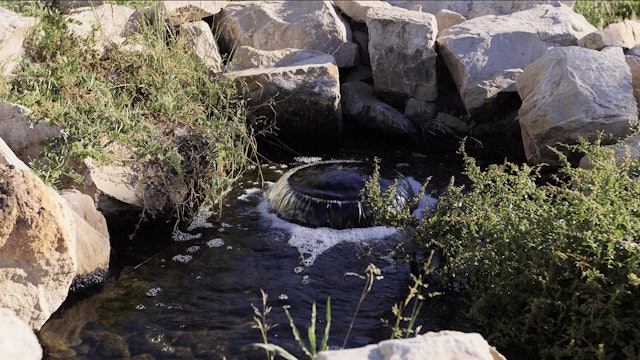 04:49Episode 23
04:49Episode 23The Libellule’s Area
Episode 23
Based on the principle of wetlands, the company Suez has designed, downstream of sewage treatment plants, natural areas to better filtrate micropolluants in water.
-
05:32Episode 24
A More Natural Farming
Episode 24
Natural ecosystems optimize interactions between species. One can develop a manual, productive and sustainable farming, that respects the soil, without pesticides or hydrocarbons.

